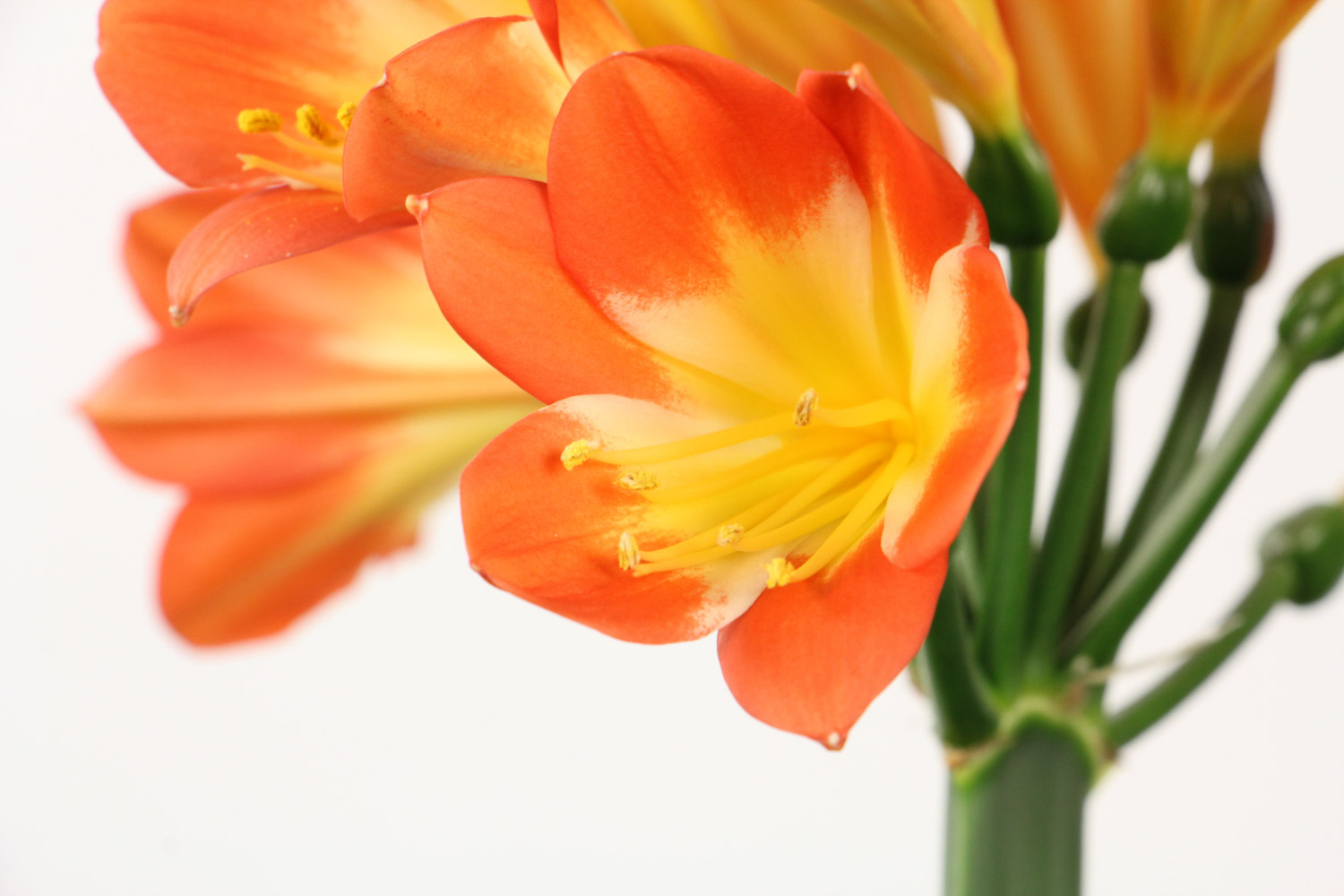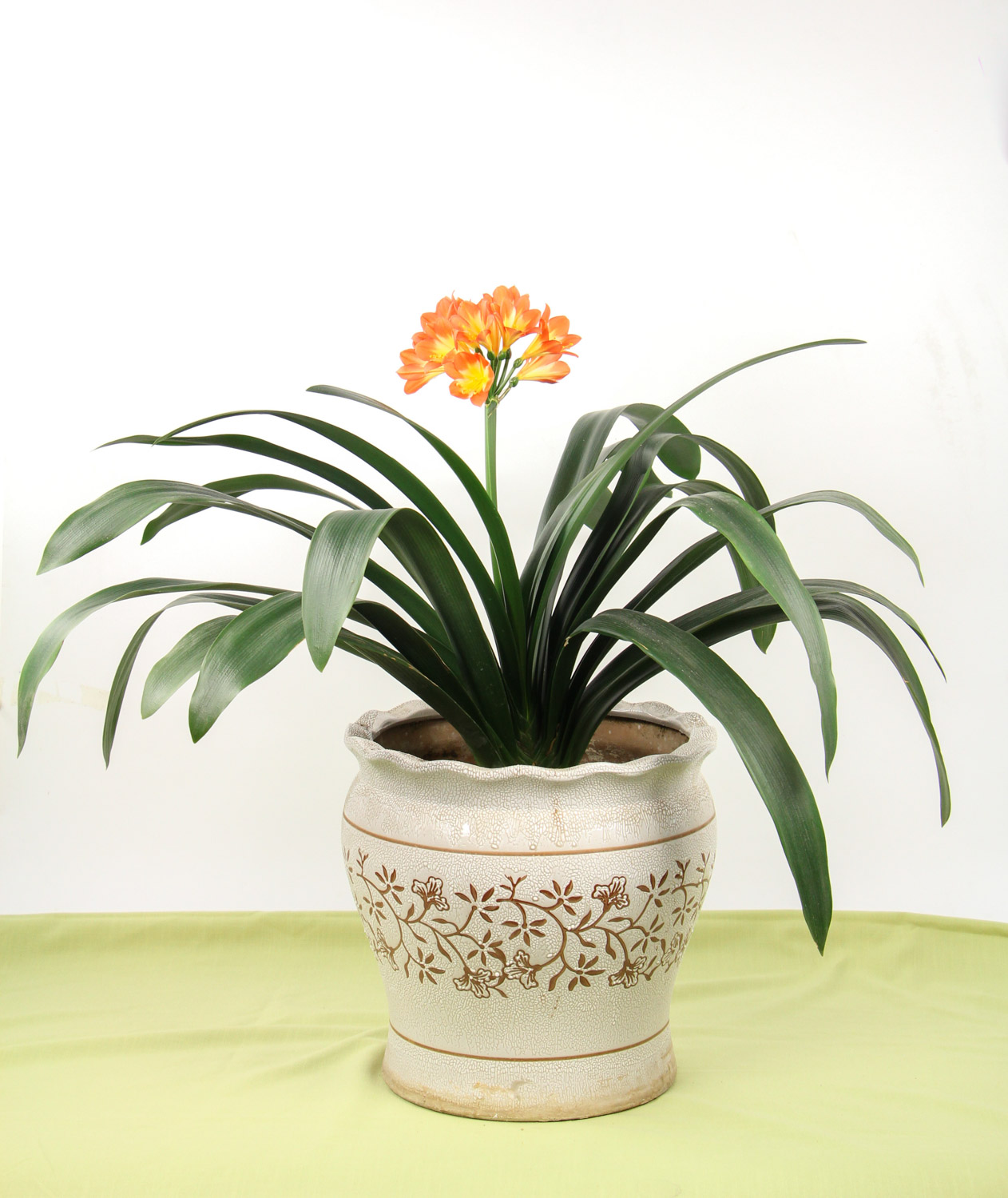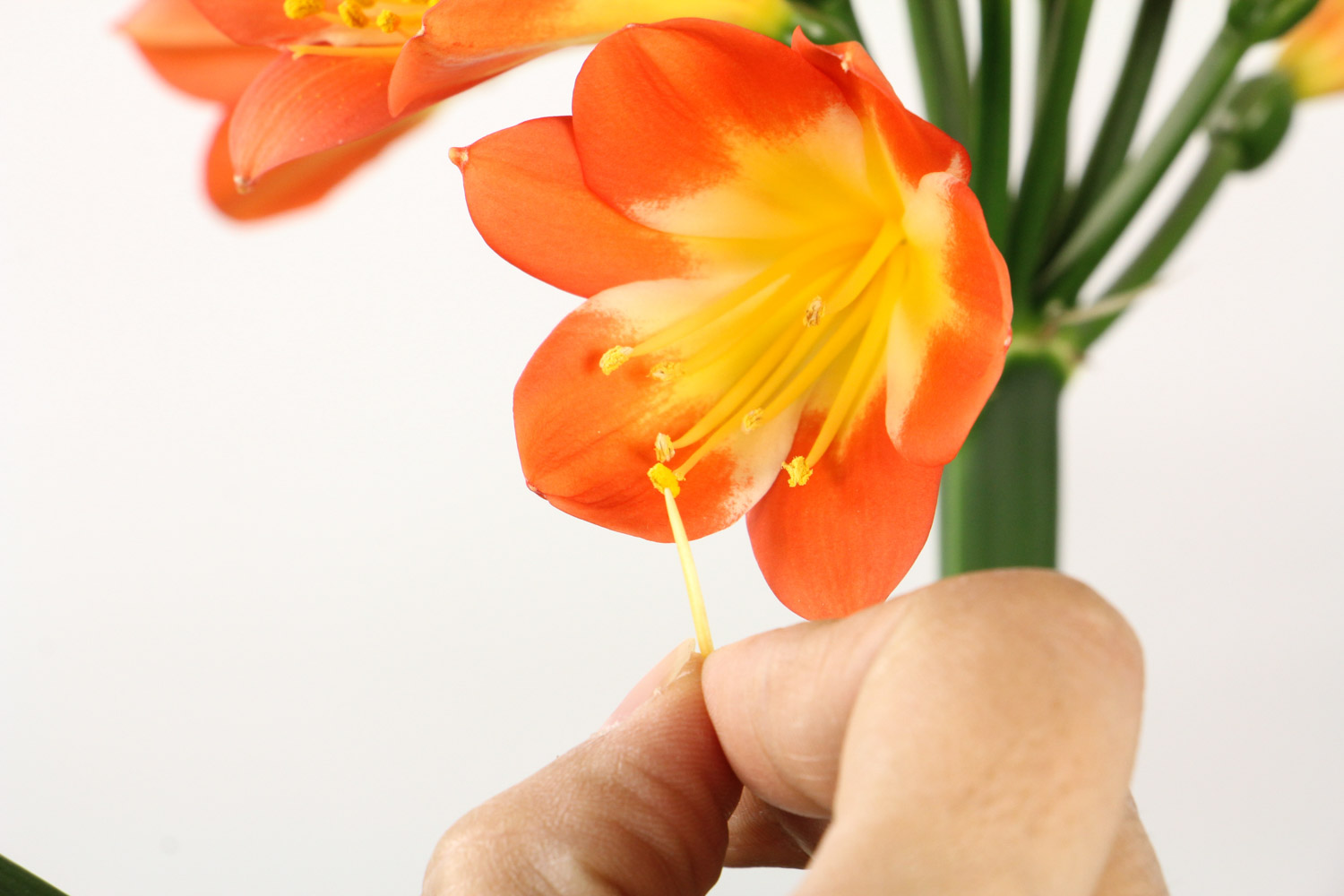Clivia doesn't change pots. It doesn't grow for one year
Harm of not changing pots: when we are maintaining Clivia, we should continuously increase the capacity of flower pots according to the growth of plants. If we do not replace large pots, its fleshy roots will be too crowded, but it will affect the absorption of nutrition
Moreover, if Clivia doesn't change the soil for a long time, the nutrients of the soil will be consumed gradually, and the longer the time is, the worse the permeability of the soil is. And autumn is a good time to change pots and soil. Flower friends, don't miss it
1. Preparation before soil replacement
We should make preparations before changing the soil, control the water in advance according to the size of the flowerpot, and reduce the root damage during changing the soil by stopping the water
Ready to replace the soil, we can use rotten leaf soil, pine needle soil, and add a small amount of perlite and charcoal
2. Soil replacement in progress
Take the Clivia out of the flower pot, remove the soil lump, cut off the rotten and empty roots, smear the wound with plant ash, air it for a while, and then put it into the pot
Select the flower pot, first lay a layer of subsoil on the bottom of the pot, then buckle the plant upside down, hold the root of Clivia, and fill the root pocket (the space between the roots) with soil
Then hold the roots and the wrapped soil together and put them into the middle of the flowerpot, and then fill the space around the roots with the soil. After filling, the soil shall be compacted along the edge of the basin, and the soil at the middle root system shall not be compacted
When changing the soil, we can also mix fried hemp seeds, rotten cake fertilizer and bone meal into the soil as base fertilizer. Pay attention not to use too much and do not directly contact with the root system
3. Curing after soil replacement
After the plant is put into the pot, it should be watered immediately and placed in a place with good ventilation and no direct sunlight for slow seedling. After a week, it can be maintained normally

The gentleman orchid is skillfully divided into two plants and can have two more pots
Generally, plants with more than 4 years can absorb buds at the leaves. When it grows to 5 ~ 6 leaves, we can separate plants. We can change pots in autumn at the same time
When dividing, separate the new plant with the fleshy root from the mother plant, cut it with a knife, apply plant ash on the incision, and put it into the basin after the wound is dry
If the new seedlings do not produce fleshy roots, we don't have to worry. We can cut them directly, cut the seedlings, and plant them in pots after taking root

Clivia fertilizes more and leaves are green
For the base fertilizer, we can apply it according to the fertilizer written when changing the soil. If we don't want to change the pot this season, we can bury the rotten cake fertilizer and bone meal 2cm into the soil, but we should pay attention not to let it come into direct contact with the root system
For topdressing, liquid fertilizer is generally applied, and fermented bean cake water and fishy water can be applied every half a month
From October, the application amount of phosphorus and potassium fertilizer can be increased to promote the flowering of plants. Generally, it can be applied 2 ~ 3 times until the arrow is really drawn out
Huahua reminder: when we apply fertilizer, we should grasp the amount of fertilizer, which should be less than more, light rather than thick

Clivia frozen, flowers and arrows rub long
To make Clivia blossom smoothly, the first thing is to do the fertilization mentioned above. In autumn, we must apply more phosphorus and potassium fertilizer to promote flowers
The second point is the appropriate low temperature (5 ~ 10 ℃), pay attention not to enter the house too early in winter, and it is better to keep the temperature a little lower and not be damaged by freezing
Then move into the room to increase the temperature difference between day and night. After the arrow is out, keep the temperature at about 20 ℃. If the temperature is lower than 15 ℃ when the flower stem is pumping, the arrow will be caught
Third, summer has passed, and the light intensity is also weakening. We should appropriately increase the exposure of sunlight in order to make the plants differentiate into flower buds smoothly


 how many times do yo...
how many times do yo... how many planted tre...
how many planted tre... how many pine trees ...
how many pine trees ... how many pecan trees...
how many pecan trees... how many plants comp...
how many plants comp... how many plants can ...
how many plants can ... how many plants and ...
how many plants and ... how many pepper plan...
how many pepper plan...





























